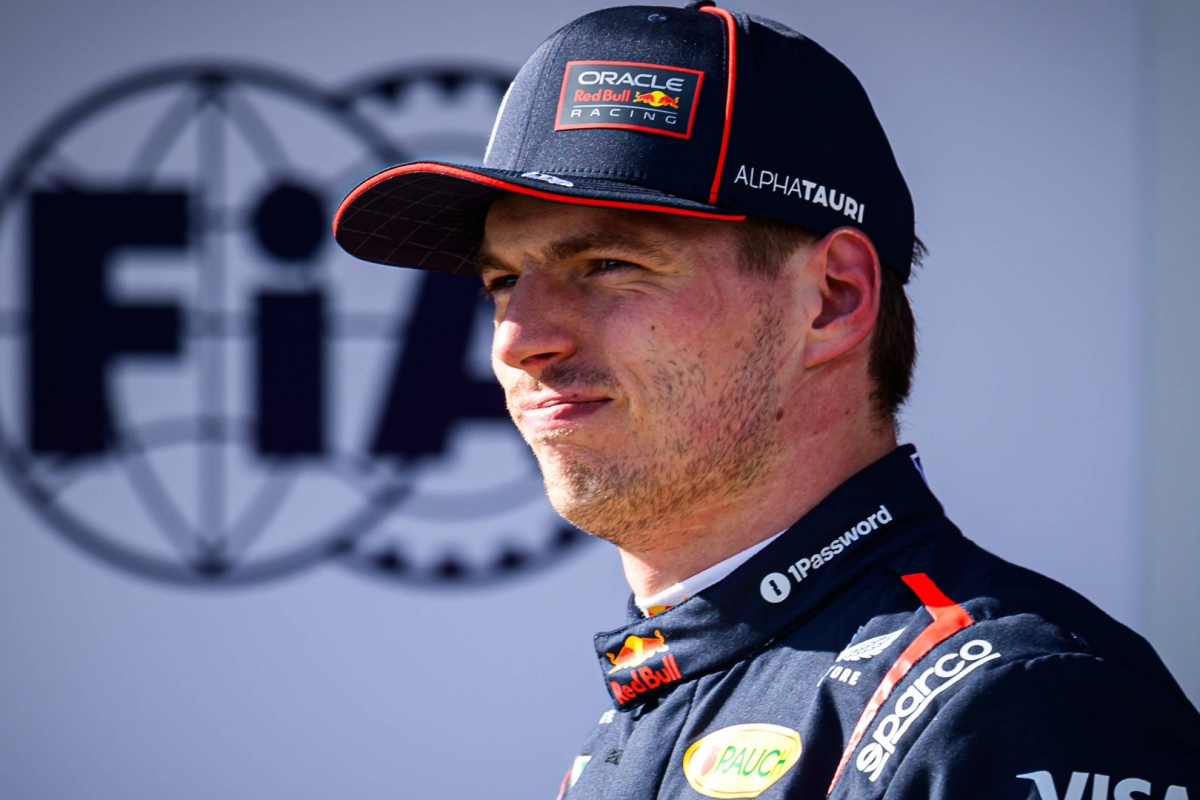
Latest News

Formula 1
Las Vegas hotel prices will surprise you as F1 hits The Strip again
- 12 minutes ago

Formula 1
Max Verstappen ended his mom's racing career
- 1 hour ago

Formula 1
McLaren boss says Christian Horner 'changed' over long relationship
- Today 01:12

Formula 1
Las Vegas Grand Prix F1 weather forecast - Cold, rainy and dark
- Yesterday 19:35

Formula 1
Talks have begun over sequel to F1 movie
- Yesterday 17:06

Formula 1
Crucial F1 race set for major rule change at two weeks notice
- Yesterday 15:04
Most read

2.500+ views
Lewis Hamilton hits out at penalty decision after Brazilian Grand Prix disaster
- 10 november

Ferrari boss tells Hamilton and Leclerc: Shut up and drive
- 10 november

Lando Norris reveals crunch McLaren talks that led to Mexico GP dominance
- 29 october

F1 boss claims current drivers may be best in sport's history
- 16 november

F1 insider calls out 'harsh' Lewis Hamilton punishment
- 29 october

Denny Hamlin gives heartbreaking update on father's health ahead of Championship race
- 30 october


























 Grand Prix of Australia 2025
Grand Prix of Australia 2025  Grand Prix of China 2025
Grand Prix of China 2025  Grand Prix of Japan 2025
Grand Prix of Japan 2025  Grand Prix of Bahrain 2025
Grand Prix of Bahrain 2025  Saudi Arabian Grand Prix 2025
Saudi Arabian Grand Prix 2025  Grand Prix De Monaco 2025
Grand Prix De Monaco 2025  Gran Premio de España 2025
Gran Premio de España 2025  Grand Prix du Canada 2025
Grand Prix du Canada 2025  Grand Prix of Austria 2025
Grand Prix of Austria 2025  Grand Prix of Belgium 2025
Grand Prix of Belgium 2025  Grand Prix of Hungary 2025
Grand Prix of Hungary 2025  Grand Prix of Azerbaijan 2025
Grand Prix of Azerbaijan 2025  Grand Prix of Singapore 2025
Grand Prix of Singapore 2025  Gran Premio de la Ciudad de Mexico 2025
Gran Premio de la Ciudad de Mexico 2025  Grande Prêmio de São Paulo 2025
Grande Prêmio de São Paulo 2025  Qatar Grand Prix 2025
Qatar Grand Prix 2025  Grand Prix of Abu Dhabi 2025
Grand Prix of Abu Dhabi 2025 